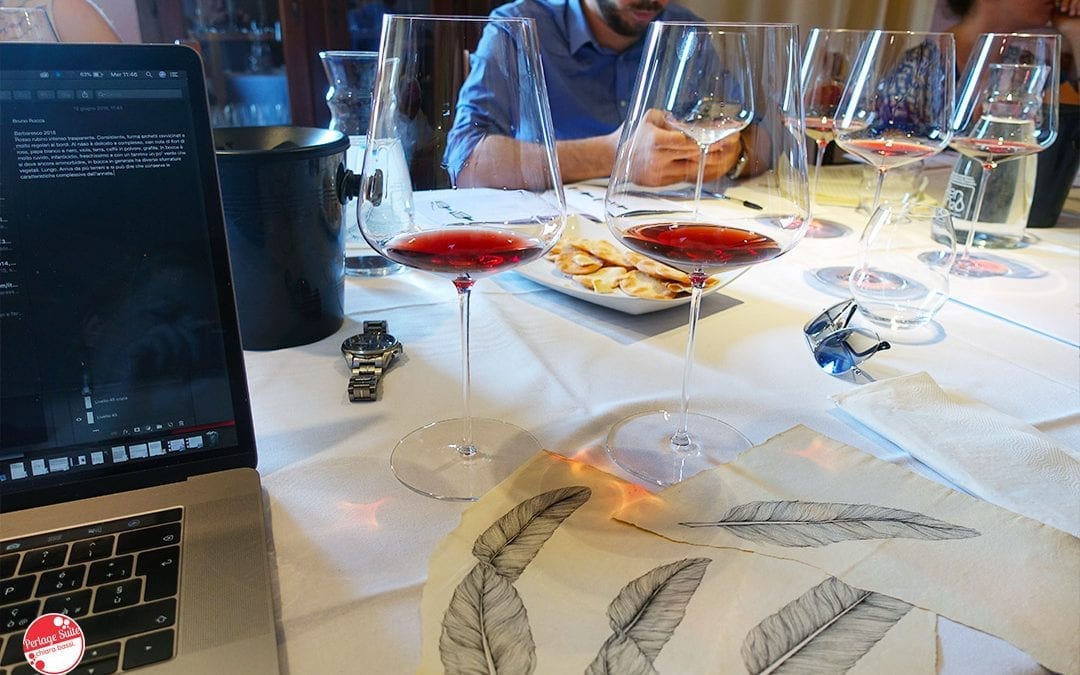I admit, a tour among all the producers of Barbaresco I miss it, even though I know those produced by some small companies that are still able to excite me. That is why, when Babol Communication invited me to the Piedmont press tour organised by Pellegrini SpAa Bergamo-based distributor of high-quality wines and spirits, I was really happy! I consider it a wonderful start to approach this fantastic oenological reality among the piedmontese wines! In particular, we had the opportunity to visit the company of Bruno Rocca guided by his fabulous daughter Luisa... and it was nice to see a father and daughter so close... it reminded me so much of my relationship with my beloved father who recently passed away. Seeing them made me reflect on how a child is a parent's good fortune and a parent a child's good fortune, if they are able to give them everything they have built and, at the same time, teach them to stand on their own two feet. Luisa made a really good impression on me: she is a capable girl, a brand ambassador of the kind that is really important in a company and that makes the difference both in press relations and in B2B and B2C relations. I would have literally listened to her for hours!
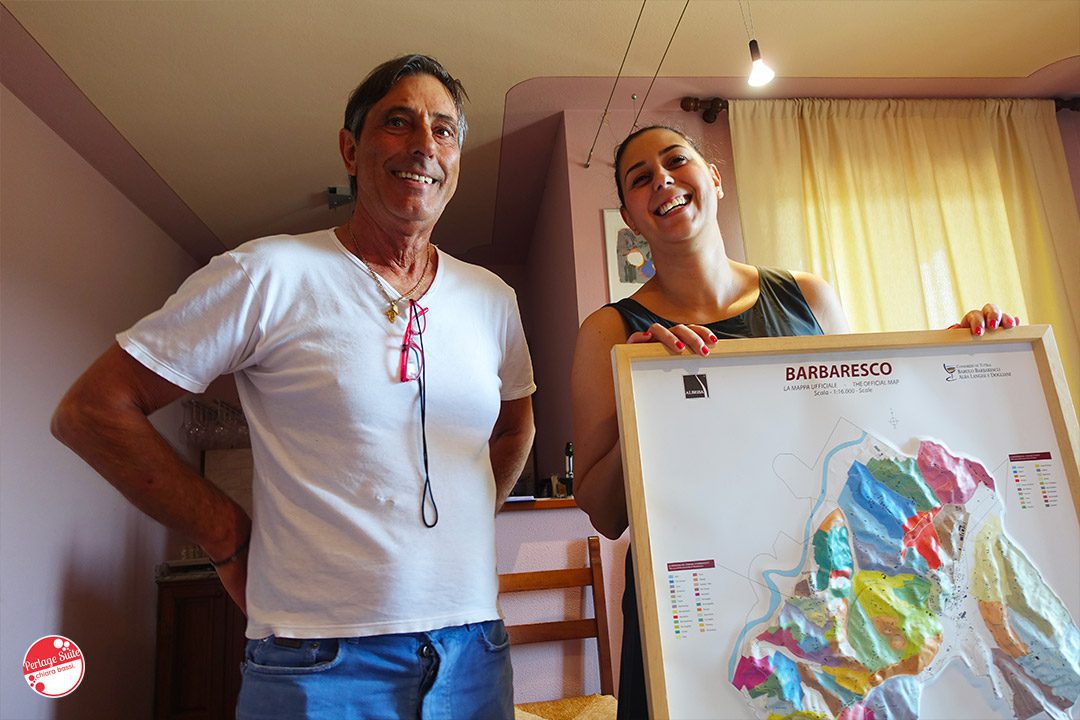
We waited for Luisa's arrival on a beautiful terrace overlooking the vineyards of Barbaresco. Of course the Langhe are just magical! Bruno Rocca's terrace is spectacular and my interior designer heart imagined it in a succession of styles, from country chic to industrial! What wonderful receptions could be held in a place like this! After all, Bruno Rocca's wine cellar is of rare beauty, all the architectural spaces are designed with style and precision. The architect was really great!
The Bruno Rocca winery owns 15 hectares of estate vineyards and produces 75,000 bottles each year, half of which is Nebbiolo. The 60% of the production is destined for the export market, and the company is distributed mainly in Australia, Japan, Switzerland and the UK, but also in the United States, particularly in California, Texas, New York, Pennsylvania and Virginia. The 40% production is destined for the Italian market and is distributed entirely by Pellegrini.
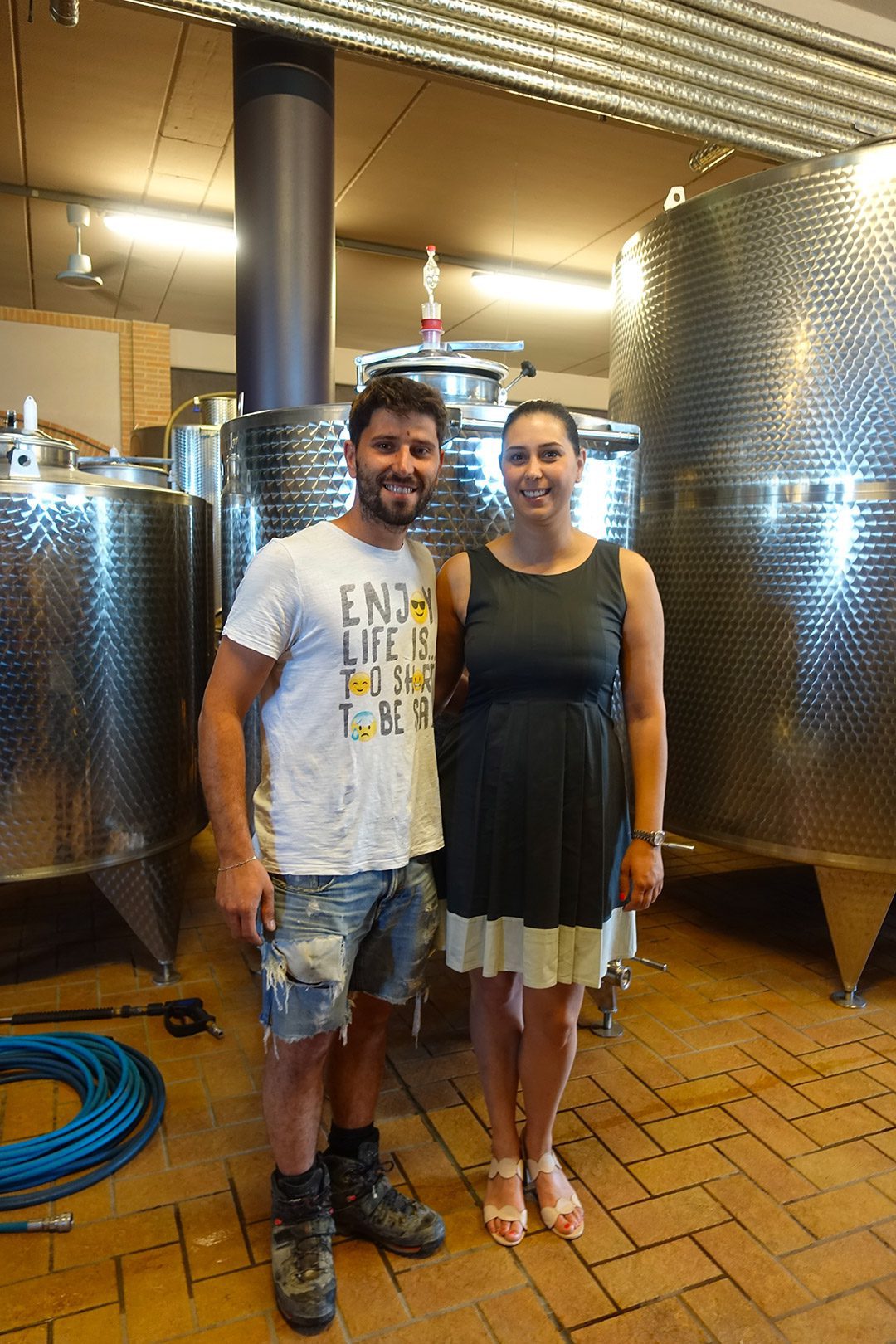
There are no external consultants in the company: Luisa's brother Francesco is an oenologist and with his dad Bruno they take care of everything!
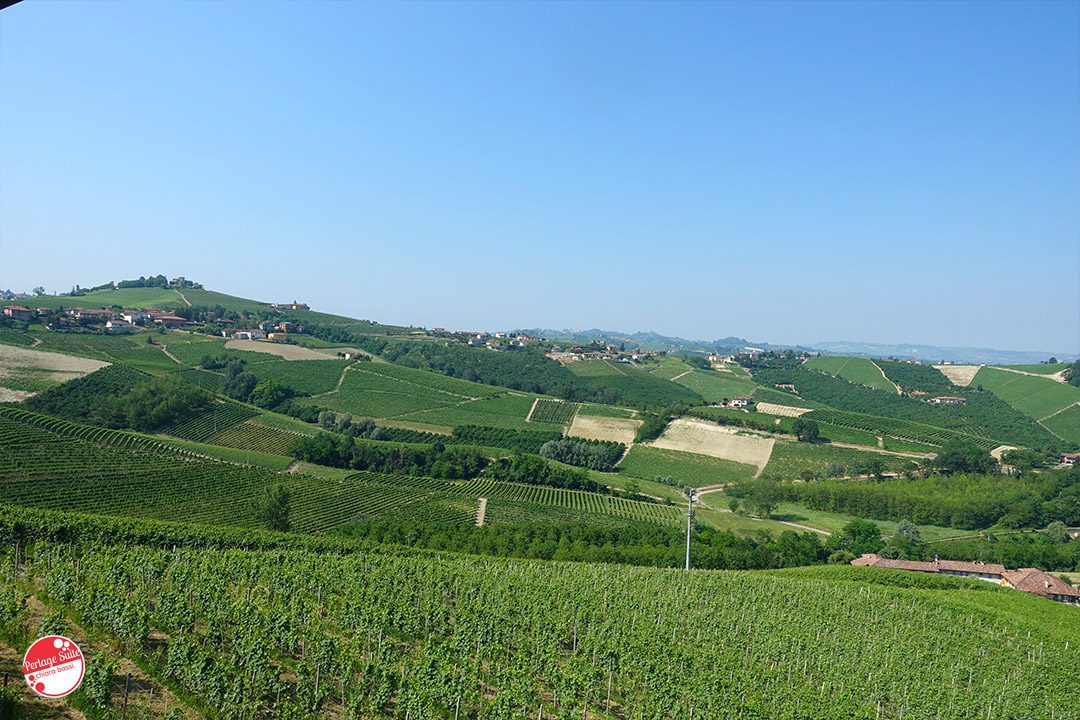
Then I want to emphasise the cleanliness and orderliness that dwells everywhere, even in working spaces and with working people. Personally, I am firmly convinced that cleanliness itself is synonymous with quality, and on this France teaches. I have travelled to wineries all over the world and where I have found this management of spaces I have always drunk very well!
A special feature is the de-stemmer, a major investment made in 2012 that processes the bunches vertically. The bunches arrive from the top and the berries are removed in a gentle way thanks to vibration, so that the skin is preserved at 100%. Furthermore, working with vibration, only perfectly ripe berries are removed. Luisa opens the machine: there are no motors inside. Her brother has punched a hole in the machine to put a canula into which nitrogen is injected: in this way, no sulphites are added at this stage. For the reserves, no crushing takes place either, also because Nebbiolo has a thin, delicate skin that breaks off on its own during the 'journey' to the wooden vat. All the yeasts used are indigenous. Each parcel is vinified separately, each cru with its own yeast. There, I liked that too!
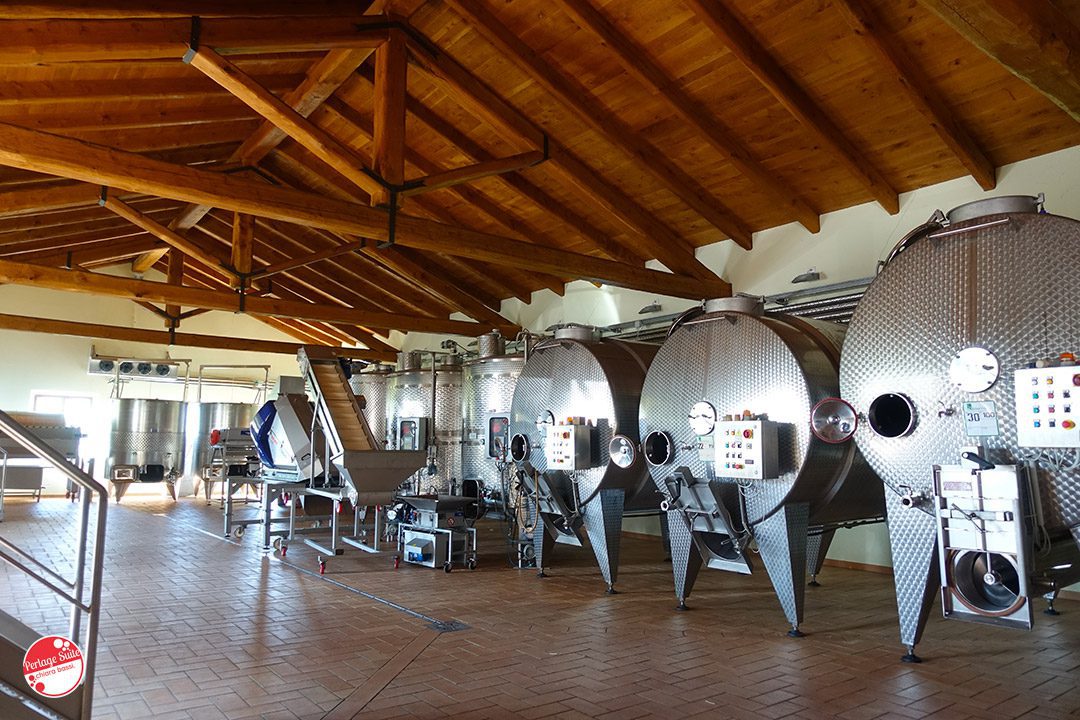
The Rocca family has certainly been in the commune of Barbaresco since at least 1834, the year in which Francesco was born, a farmer who owned houses, sites, vineyards and gorreti, all located in the commune. However, it was only around the mid-1900s that the Rocca family name became inextricably linked to the name of the most famous cru of these hills: Rabajà. As you probably know, Barbaresco has always been considered Barolo's slightly unlucky cousin... you know that guy who's always at the back of the class, with the bottle-bottle-bottle glasses and the long, greasy hair... and no one, or almost no one, can get away with it. Add that 60 years ago it was certainly not cool to make wine (and be a chef? Today they are as coveted stars as Hollywood actors, but do you remember how the old chefs were regarded? So much hard work and so little celebrity!)! Luisa's grandparents lived next to the church... in short, in the centre of town! Grandpa cultivated two fields outside and dreamed of buying a house next to his land to be more comfortable. Now, 1 km with today's means of transport seems like nothing... but 60 years ago, to live outside the village in a place that Montale himself labelled 'a place of evil', you certainly didn't fight! And so the family moved, even with father Bruno born in 1951 and still very young. Grandfather has a great intuition: if he chooses the best land, he will never have difficulty selling the grapes he produces. And so he buys an exceptional piece of land: the cru of Rabajà. But his grandfather's prospects do not stop there: Papa Bruno must study, and he must study something that guarantees him a solid future. So he must choose between medicine and accountancy (to be a bank clerk). Dad chose accountancy, but already as a young man he had a passion for vineyards and wineries. Of course his diploma helped him find a job, and not just any job: Bruno Rocca in the 1980s was managing a small department in the marketing office of Ferreroeven though he had no idea what he was supposed to do. The famous good job his grandfather hoped for guaranteed him 150 million lire a year... a very large sum for the time! Every year he invested part of the earnings in a piece of cellar or a piece of vineyard... until 1978, when he produced the first wine under his family name. Bruno Rocca couldn't go to his neighbours in Barolo to learn how to make wine, so he decided to make his first trip to Burgundy. At that time his crux was the fermentation stage. On one of his trips he met the tonnelier of Romanée-Conti and returns home with two barriques. Until the 1990s, it was possible to give even only part of one's own grapes to the Barbaresco Producers, but today, in order to prevent them from delivering only grapes of inferior quality, the winegrowers are obliged to give their entire production. So in 1994, Bruno Rocca left his position with Ferrero and started to 'get serious' in the wine world. The result? A French-style Barbaresco, which, while it may not excite everyone, certainly amazes with its perfection and qualitative greatness.
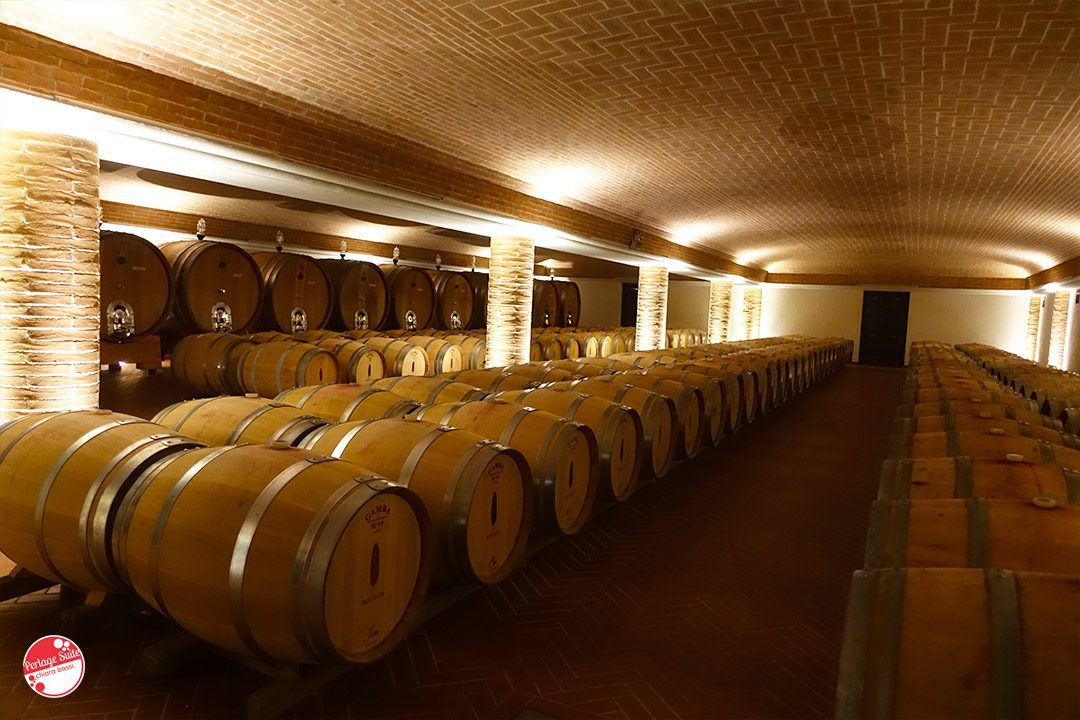
And now it is time to talk about my tastings!
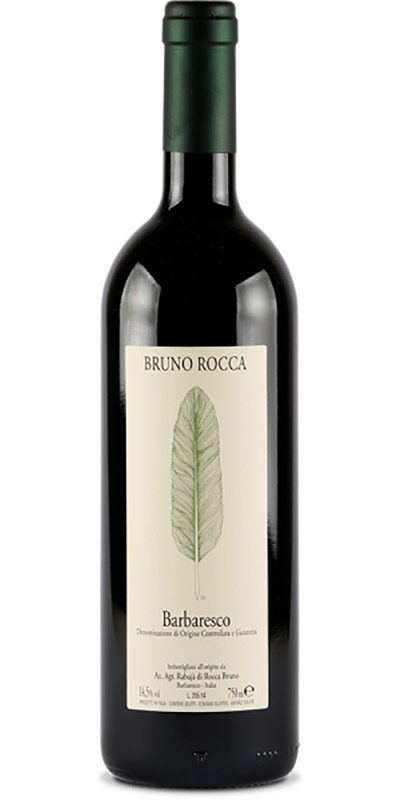
Barbaresco DOCG 2016 - bruno rocca
[from 39€].
Nebbiolo 100% produced with grapes from the youngest vineyards in the commune of Neive, Cru San Cristoforo, Marcorino and Fausoni. The soil is mixed tufaceous/clayey with some sand veins. Vinification takes place in stainless steel for about 20-25 days. It then matures 18 months in French oak barriques.
👁 Transparent intense ruby red. Consistent, forms close and very regular arches at the edges.
👃 Delicate and complex, with notes of rose flowers, white and black pepper, violet, earth, coffee powder, graphite.
👄 Very rough, one feels it is 'infanticide' to drink it even now. Very fresh and with a slightly green tannin that still needs to soften, it has several vegetal nuances. Long.
🔥 Wine done extremely well, surely it will be really enjoyable in at least four to five years.
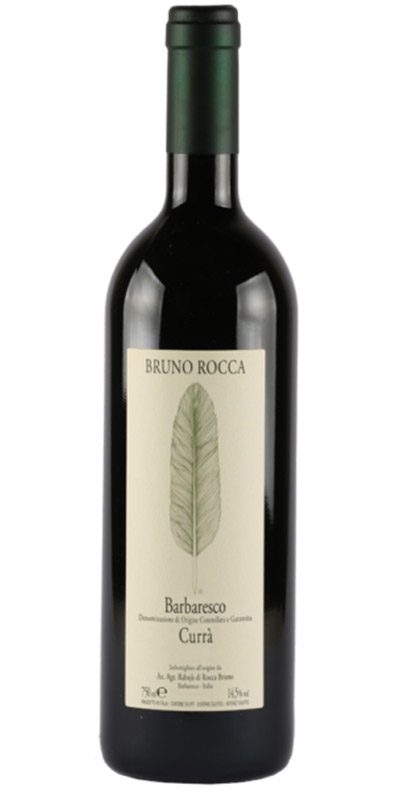
"Currà' 2015, Barbaresco docg - bruno rocca
[from 77€]
Nebbiolo 100% produced with grapes from the Cru Currà, in the commune of Neive. The soil is calcareous-clayey with Sant'Agata marl and sandstone rubble. Vinification takes place in stainless steel for about 20-25 days. It then matures 12 months in barriques and 12 months in large barrels, both made of French oak.
👁 Intense ruby red and transparent, it forms close and very regular arches where the alcohol drops very slowly.
👃 Delicate and very elegant, with notes of fresh strawberry, white pepper, milk chocolate, fresh hazelnut, violet, graphite, ground coffee, tuff.
👄 Broad, very fresh, with still green tannins that need to meld. Long, fruity finish.
🔥 It is certainly infanticide to drink it now, but it has great potential for evolution.
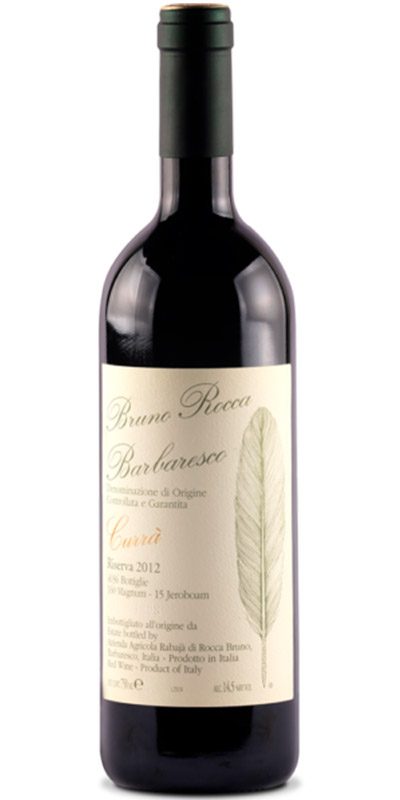
"Currà riserva' 2013, Barbaresco docg riserva - bruno rocca
[from €136].
Nebbiolo 100% produced with grapes from the Cru Currà, in the commune of Neive. The soil is calcareous-clayey with Sant'Agata marl and sandstone rubble. Vinification takes place in wooden vats for 25/28 days. It then matures for 24 to 36 months in French oak barrels.
👁 Ruby red with garnet hues, transparent and always very consistent.
👃 Very elegant and very delicate. Delicious evolved notes, in which I recognise pink pepper, dark chocolate, black cherry in syrup, dried hay, Jamaican tobacco leaves, candied pear, toasted hazelnut.
👄 It comes in elegant, shifted again to hardness with better amalgamated tannin than the 2015 Currà, but still a little green. However, the pseudo-caloric is very well dosed, even with its great structure. The spicy finish is long.
🔥 Altogether more delicate than the Rabajà Riserva. Compared to the 2015 Currà, it has retained the green tannin, but rounded it off a little. It is more closed and less ready than the Rabajà Riserva, and one would need to understand how it will evolve. However, it has beautiful drinkability. It has lost its distinctive fruity notes by virtue of dry spicy, vegetal and floral notes.
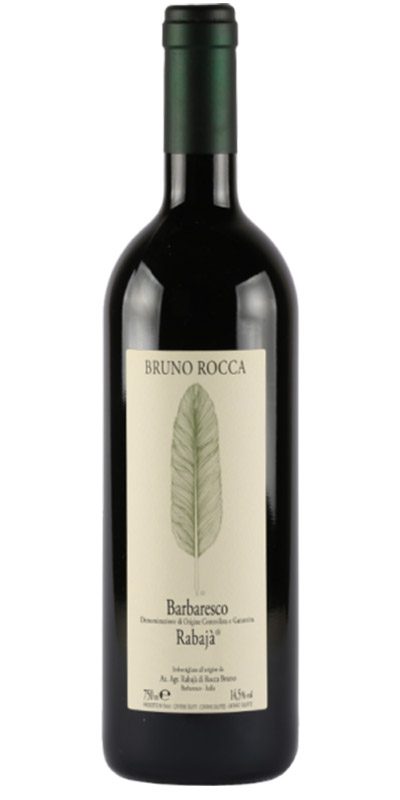
"Rabajà' 2015, Barbaresco docg - bruno rocca
[from 77€]
Nebbiolo 100% produced with grapes from the Rabajà cru in the commune of Barbaresco. The soil is mixed clayey-tufaceous and sandy. The average age of the vines varies from 35 to 40 years. Vinification takes place in stainless steel for about 7-10 days. It then matures 12 months in French oak barriques, 80% new and 20% second pass.
👁 Intense ruby red and slightly more concentrated. Transparent, seems slightly less consistent
👃 More intense than the 2015 Currà. Strong, masculine notes of black pepper and undergrowth. Interwoven are marasca cherries in spirit, wet bark, wet sphagnum peat, candied chinotto.
👄 Intense, soft, very balanced, with well-blended tannins. Very pleasant in the mouth. Not particularly long finish, but very spicy. Great drinkability.
🔥 I found it more intense and more balanced than the Currà 2015, in particular I was convinced by the tannin which I found better blended. It loses a little length on the finish compared to the Currà 2015, but overall it is much more enjoyable!
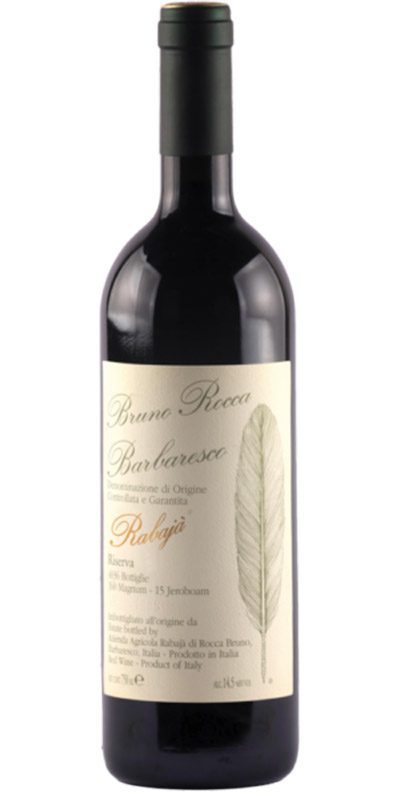
"Rabajà riserva 2013, barbaresco docg - bruno rocca
[from €136].
Nebbiolo 100% produced with grapes from the Rabajà cru in the commune of Barbaresco. The soil is mixed clayey-tufaceous and sandy. The average age of the vines varies from 35 to 40 years. Vinification takes place in wooden vats for 25/28 days. It then matures for 24 to 36 months in French oak barrels.
👁 Intense ruby red and more concentrated than the Currà Riserva.
👃 Delicate and elegant, with the earthy notes still present, but finer than in the 2015 Rabajà. I was struck by the particular smoky note that is distinctly perceptible, very pleasant. It also reminded me of rosemary. Then follow notes of 'Seichuan gold' black pepper, liquorice, graphite, porcini mushroom, white truffle, dark chocolate criollo 100% and a delicious balsamic finish.
👄 It has a wonderful balance between softness and hardness. The protagonist, besides the important but amalgamated tannin, is the extraordinary sapidity. Very long vegetal notes, important structure.
🔥 It reminded me of a rather young Chateau Margaux that I drank during a splendid lunch in the chateau's kitchen with a fireplace in April 2017. Definitely the best wine of the tasting!
What unusual wines, but above all what precision of execution!
Thank you very much and cheers! 😍
Chiara
P.S. Thanks once again to Sony Italy for the beautiful RX100M4 which allowed me to take beautiful photos in the basement even in low light and without flash!

